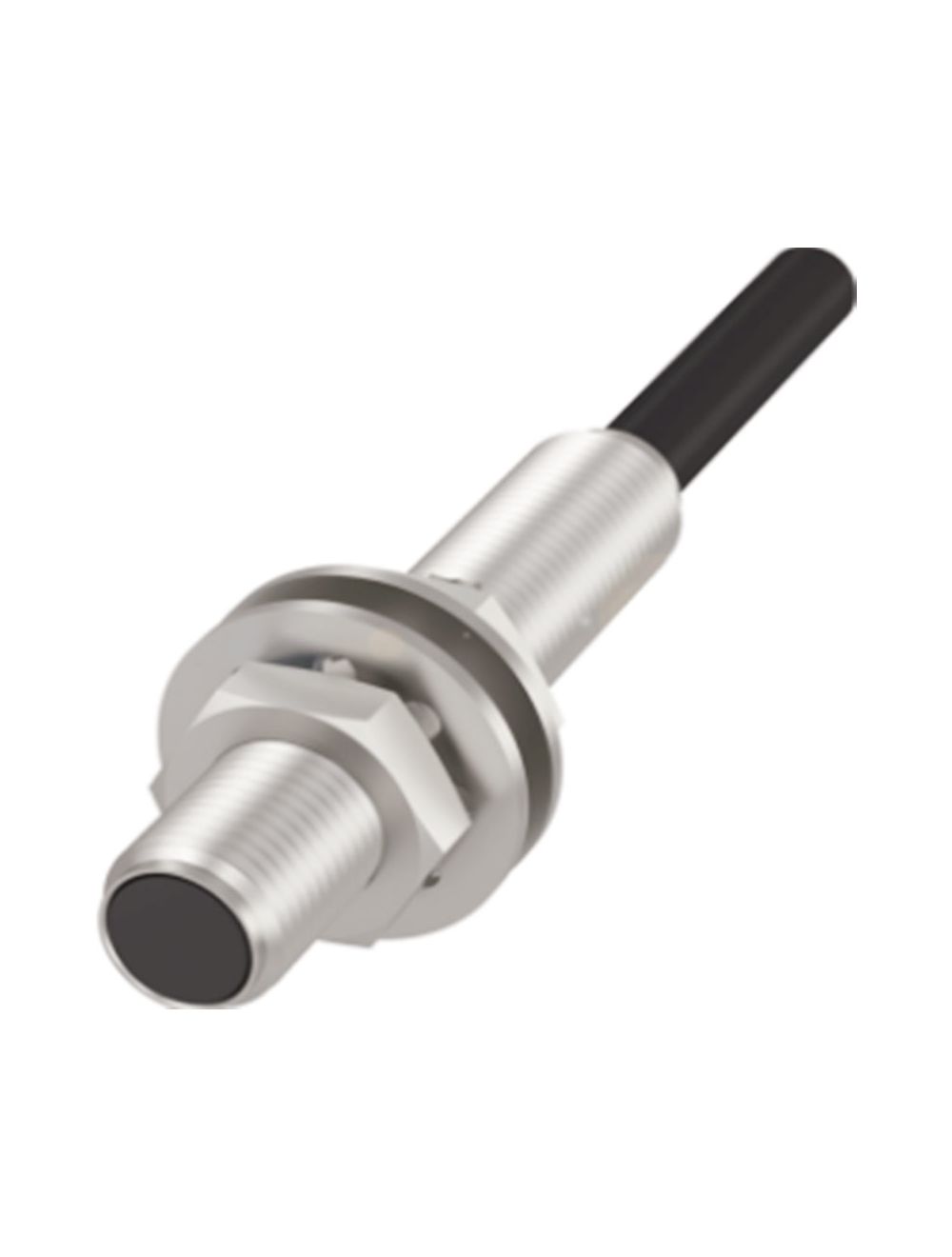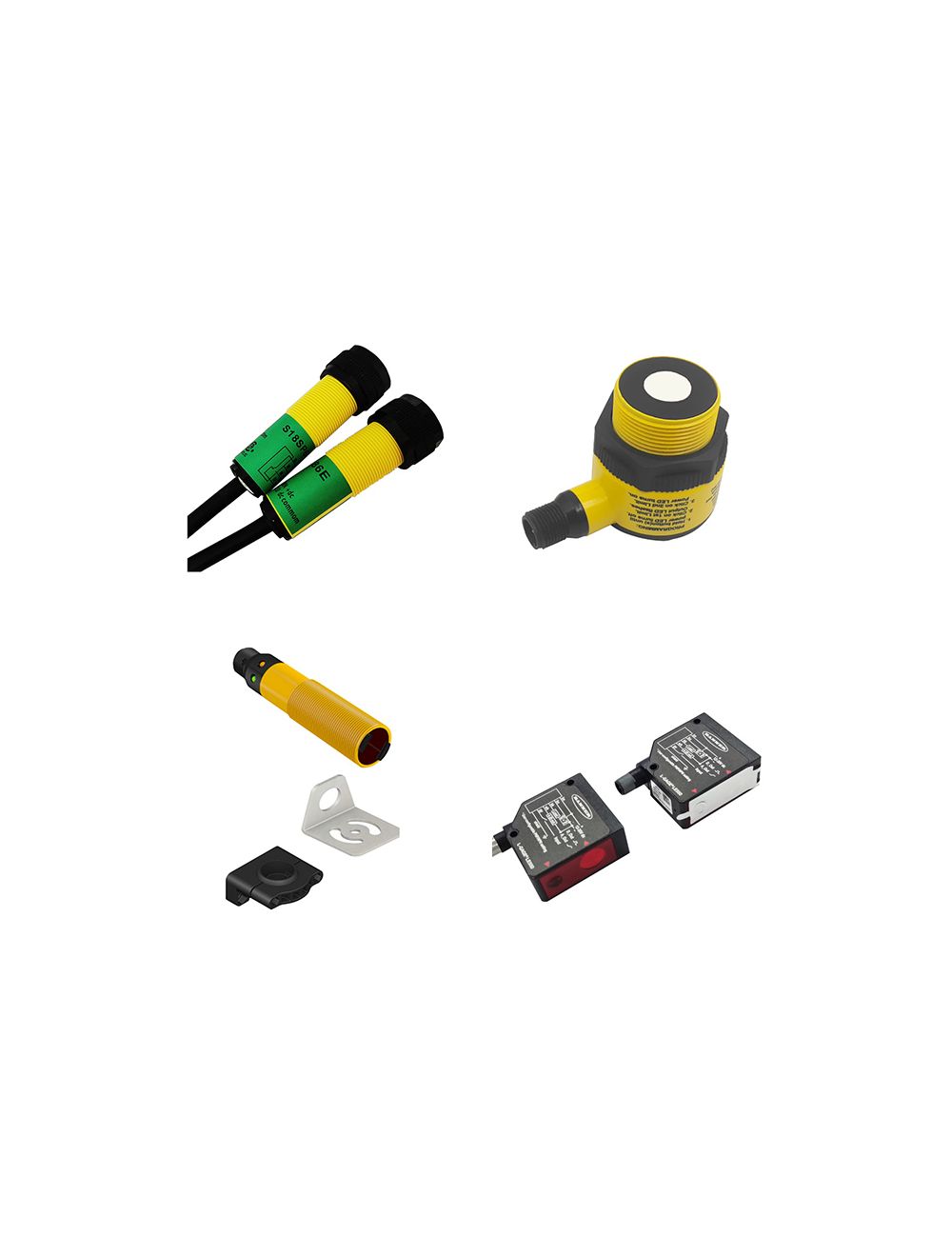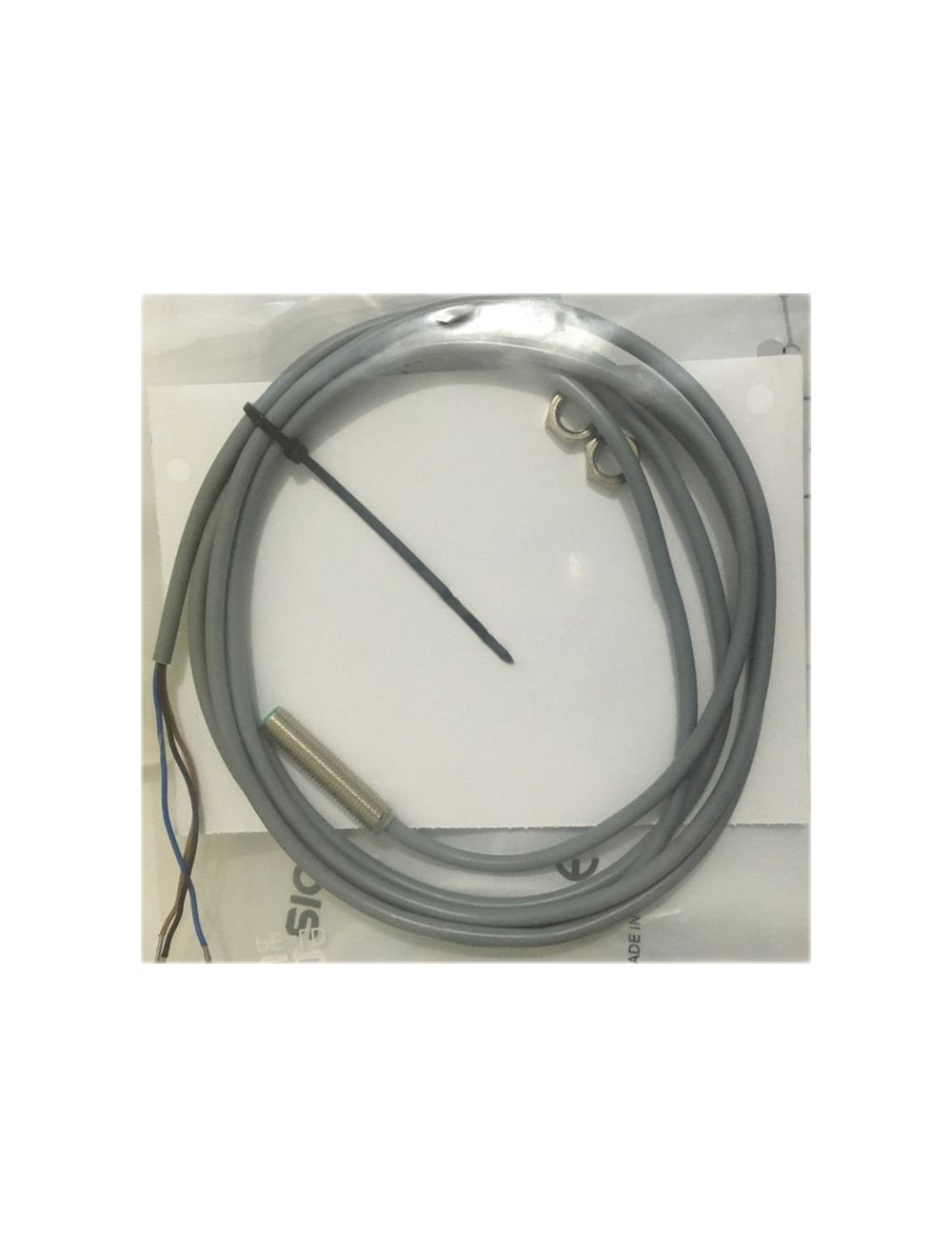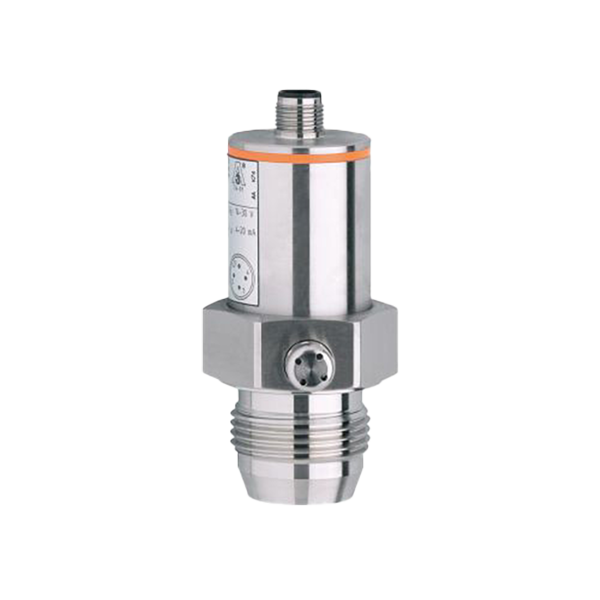
Figure 1: KUKA industrial robot.
Industrial robot is a multi-joint manipulator or multi-degree-of-freedom mechanical device widely used in industrial fields. It has a certain degree of automation and can realize various industrial processing and manufacturing functions. It is widely used in electronics, logistics, chemical industry and other industrial fields.
Generally speaking, industrial robots consist of three parts and six subsystems. The three main parts are the mechanical part, the sensing part and the control part.
The six subsystems include the mechanical structure system, drive system, perception system, robot-environment interaction system, human-computer interaction system and control system.
1. Mechanical Structure
The mechanical structure system, also known as the operating machine or actuator system, is the main carrier of the robot. It consists of a series of connecting rods, joints, etc. Mechanical systems usually include a body, a base, an arm, a wrist, a joint, and an end effector. Each part has multiple degrees of freedom, forming a multi-degree-of-freedom mechanical system, as shown in the figure below.

Figure 2: Robot system components.
① Body Part
Just like the bed structure of a machine tool, the robot's body forms the basic support of the robot. Some robot bodies are equipped with a walking mechanism at the bottom to form a walking robot; some robot bodies can rotate around the axis to form the waist of the robot; if the body does not have a walking and rotating mechanism, it forms a single robot arm.
② Base
It is the basic part of the robot and plays a supporting role. The entire actuator and drive unit are mounted on the base. For fixed robots, the base is directly connected to the ground foundation. For mobile robots, the base is installed on the moving mechanism, which can be divided into two types: tracked and trackless.
③Joint
It is usually divided into sliding joints and rotating joints to achieve relative movement between the body, various parts of the arm, and the end effector.
④Arm
It is the part that connects the body and wrist. It is generally composed of the upper arm, lower arm and wrist, and is used to complete various simple or complex actions. It is composed of the power joint of the actuator and the connecting rod. It is the main moving part in the execution structure, also called the spindle. It is mainly used to change the spatial position of the wrist and end effector to meet the robot's working space and transfer various loads to the base.
⑤ Wrist
It is the part that connects the robot body and the end effector, passes the operating load to the arm, and is mainly used to change the spatial position of the end effector.
⑥ End Effector
It is an important component mounted directly on the wrist. It usually simulates the human palm and fingers. It can be a two-finger or multi-finger end effector, and sometimes it can be various tools, such as welding guns, spray paint guns, etc.

Figure 3: Industrial six-axis articulated robot.
2. Drive System (Drive Unit)
The drive system is the mechanism that drives the mechanical arm of the industrial robot to move. According to the command signal sent by the control system, it drives the robot to run with the help of power components. This is the drive system. Its function is to provide the driving force for the movements of various parts and joints of the robot.
Depending on the driving source, the driving system can be divided into three types: electric, hydraulic, and pneumatic, also including comprehensive systems that combine them.
Robots with low motion accuracy, heavy loads, or explosion-proof requirements are driven by hydraulic or pneumatic power. Most industrial robots are driven by electric drive. Among them, AC servo drive is the most widely used, and the drive system layout mostly uses one drive per joint. A comparison of the characteristics of the three drive systems is shown in the figure below.

Figure 4: Industrial robot.
3. Perception System
The perception system usually consists of internal sensor modules and external sensors. Its function is to obtain meaningful information from the internal and external environment and feed this information back to the control system.
Internal sensors are used to detect variables such as the position and speed of each joint to provide information for the closed-loop control system.
External sensors are used to detect some state variables between the robot and the surrounding environment, such as distance, proximity and contact conditions, etc., to guide the robot to identify objects and handle them accordingly.
The use of smart sensors improves the mobility, adaptability and intelligence of robots. The human sensory system is extremely flexible in perceiving information from the external world. However, for some special information, sensors are more efficient than the human sensory system.
|
Internal sensors |
Photoelectric switch, encoder, potentiometer, resolver, tachometer generator, accelerometer, inclination sensor, force (or torque) sensor, etc. |
|
External sensors |
Visual sensors, optical ranging sensors, tactile sensors, capacitive sensors, electromagnetic induction sensors, limit sensors, etc. |
Table 1: Sensor types used in industrial robots.
4. Robot-Environment Interaction System
The robot-environment interaction system is a system that realizes the interconnection and coordination between the robot and the equipment in the external environment. Robots and external equipment are integrated into functional units such as processing and manufacturing units, welding units, and assembly units. Of course, multiple robot integrations can also be functional units that perform complex tasks.
5. Human-Computer Interaction System
Human-computer interaction system is a device that connects humans and machines and participates in robot control, such as computer terminal, command console, information display panel, danger signal alarm device, etc.
6. Control System

Figure 5: Industrial robot structure.
The task of the control system is to control the robot's actuator according to the robot's operation instruction program and the signal fed back from the sensor to make it complete the specified movements and functions.
If the robot does not have information feedback, it is an open-loop control system; if it has information feedback, it is a closed-loop control system.
According to the control principle, it can be divided into program control systems, adaptive control systems and artificial intelligence control systems.
According to the form of control movement, it can be divided into a point to point control system and a continuous path control system.
The robot controller is a device that controls the robot to complete certain actions and tasks based on instructions and sensor signals. It is the main factor that determines the function and performance of the robot. It is also the fastest updated and developing part of the robot system.
Its basic functions are: teaching function, memory function, coordinate setting function, contact function with peripheral equipment, sensor interface, fault diagnosis and safety protection function, etc.
According to the openness of the control system, robot controllers are divided into three types: closed, open and hybrid. At present, they are basically closed systems (such as Japanese robots) or hybrid systems (such as European robots).

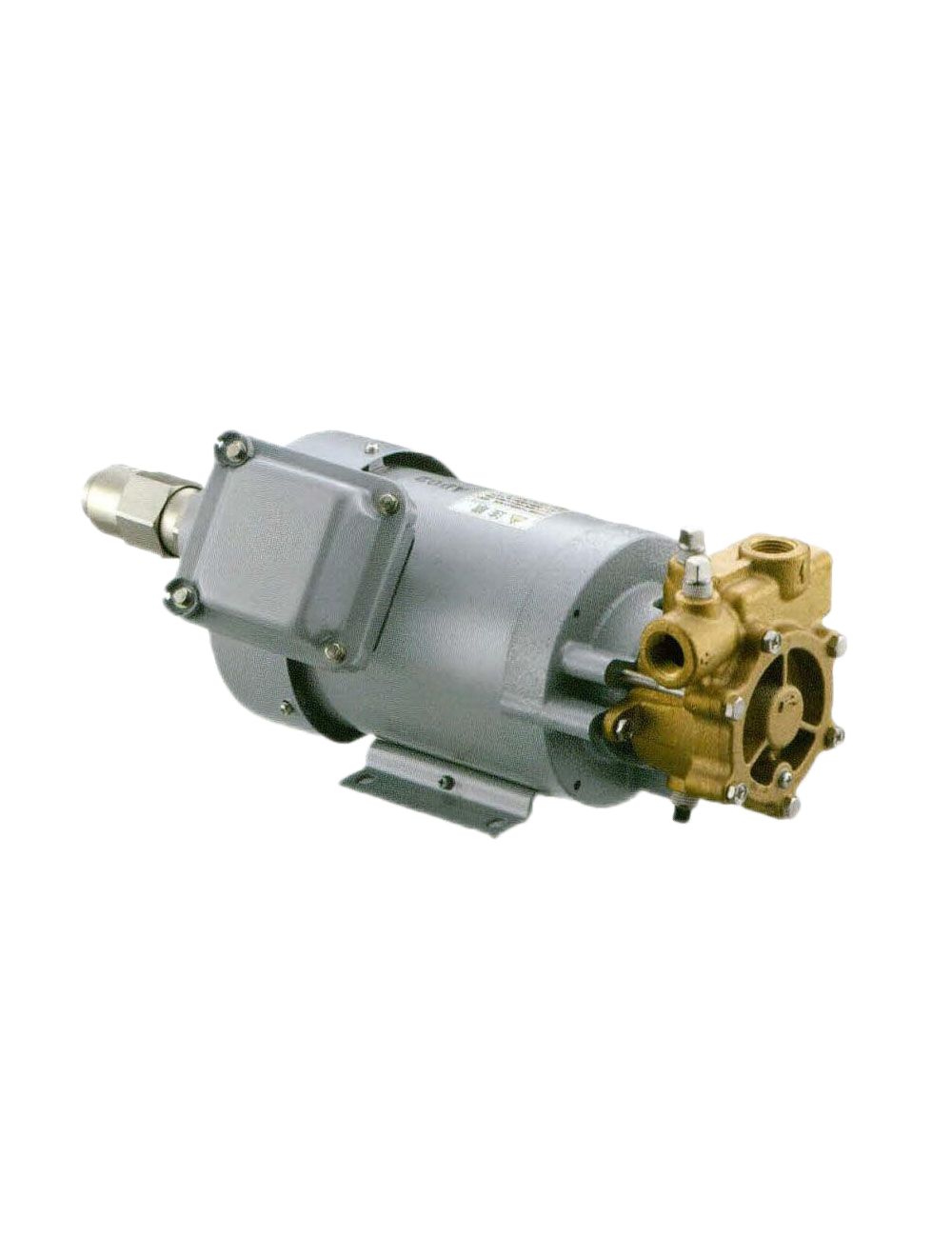

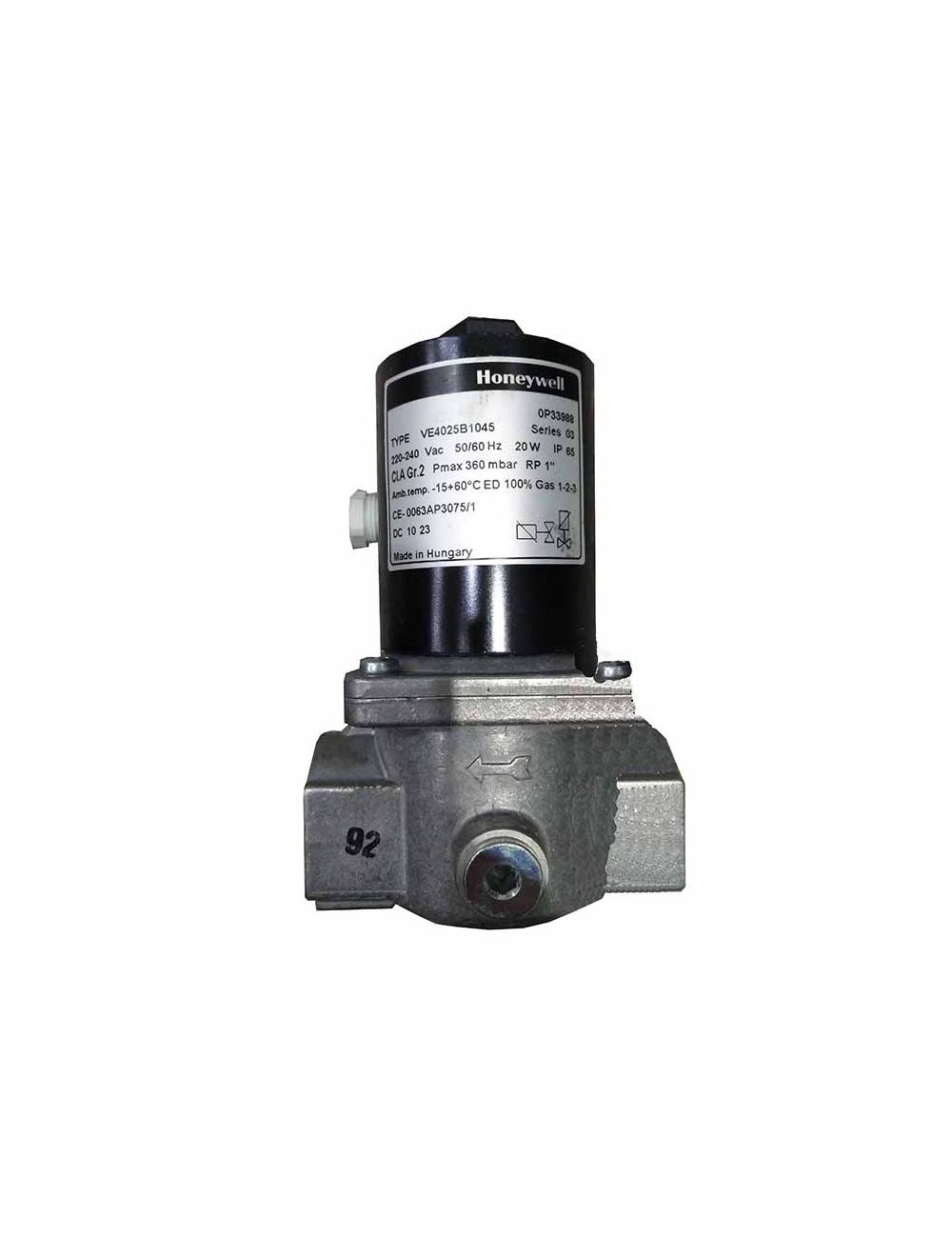
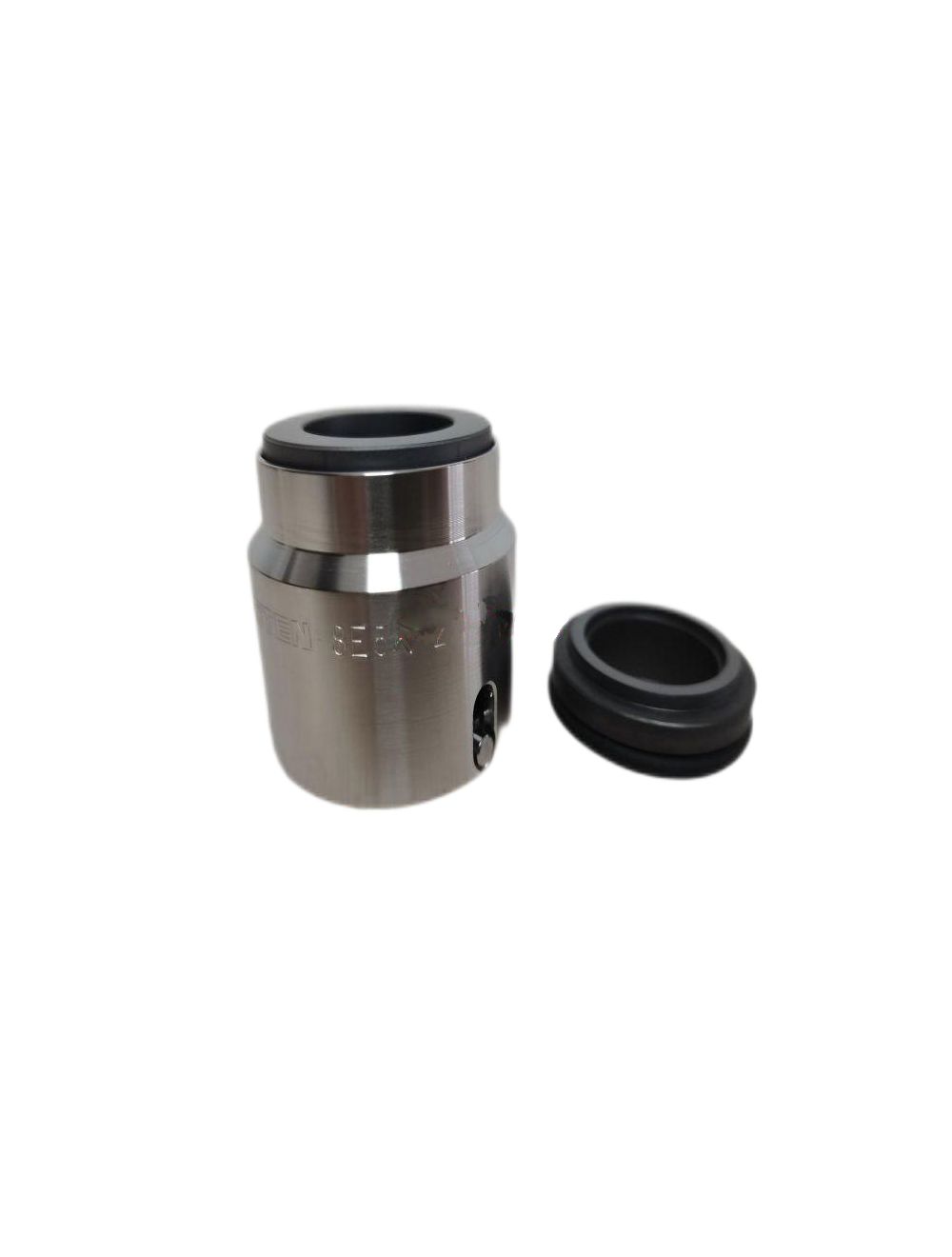
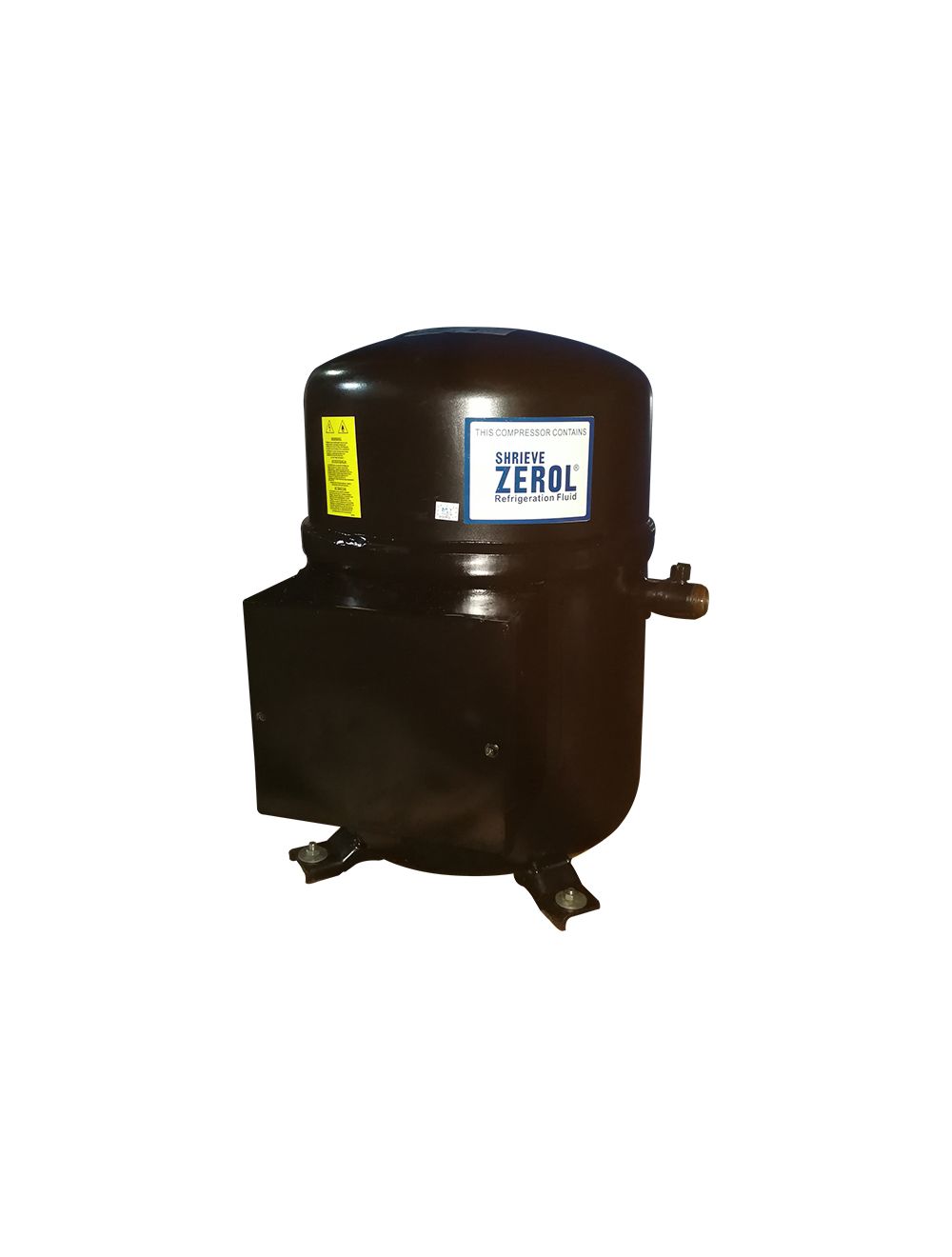
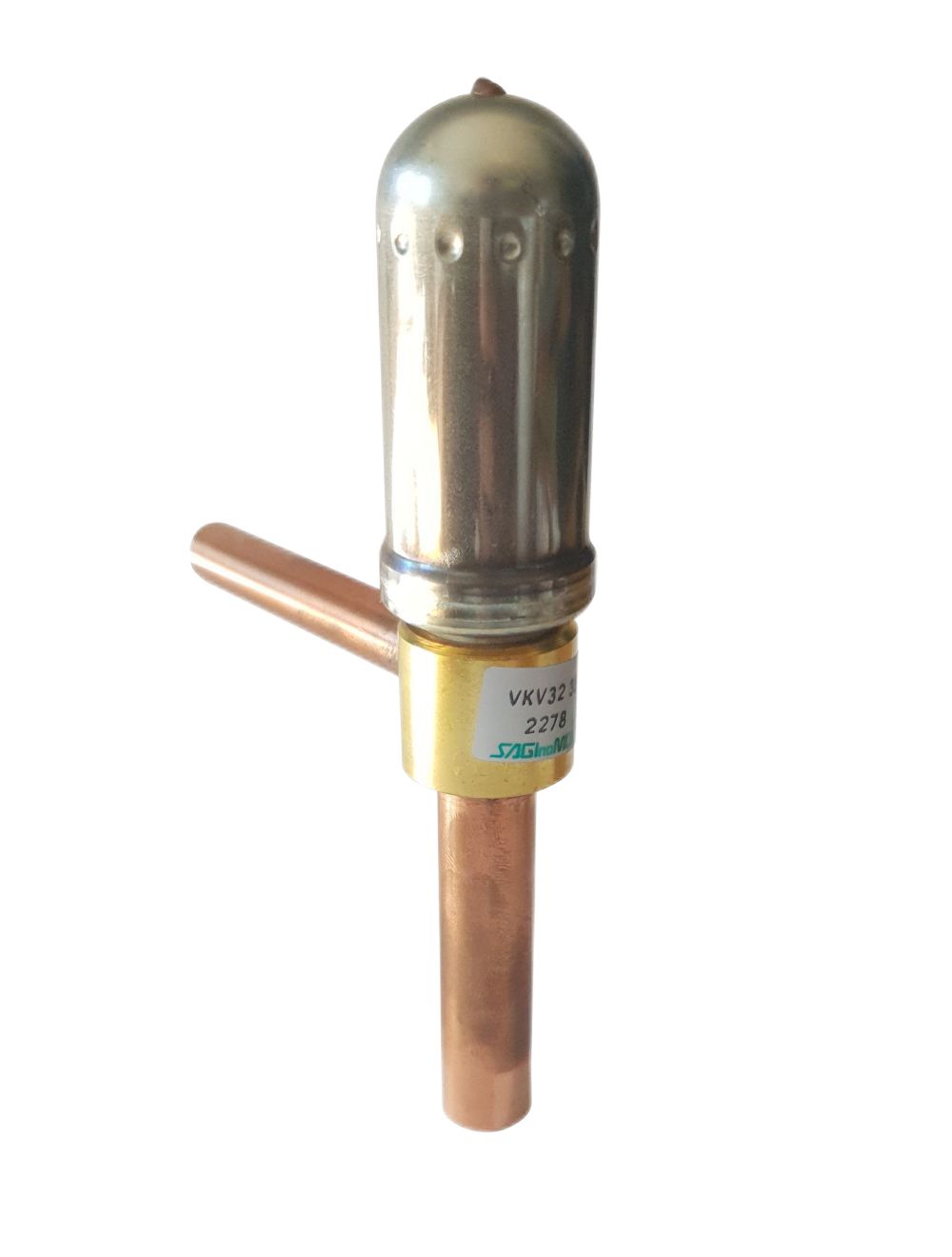

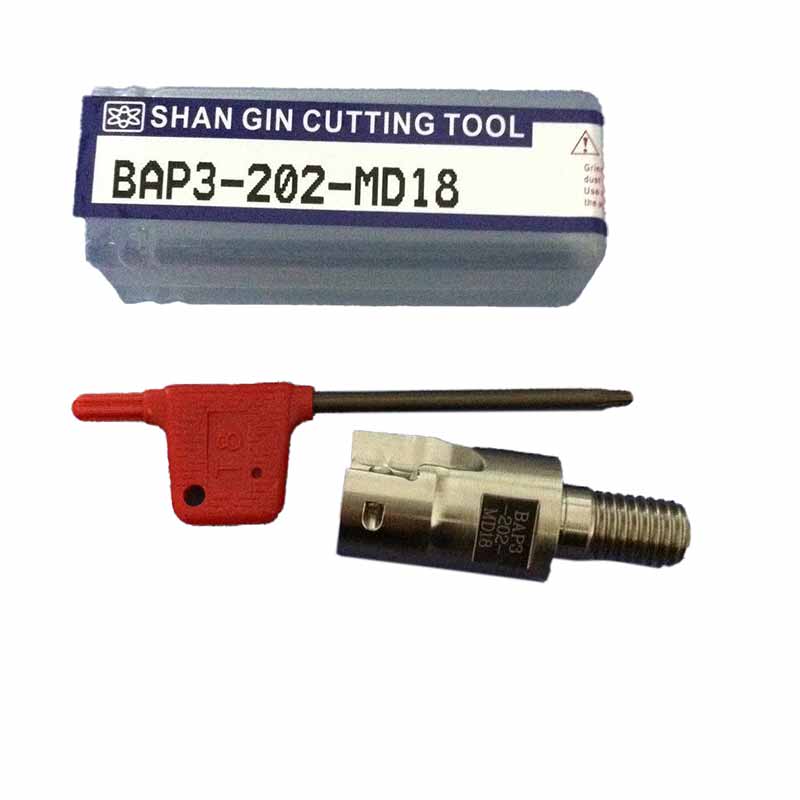
/VARTA-Battery-B24-45-L-T2-(350).jpg)

